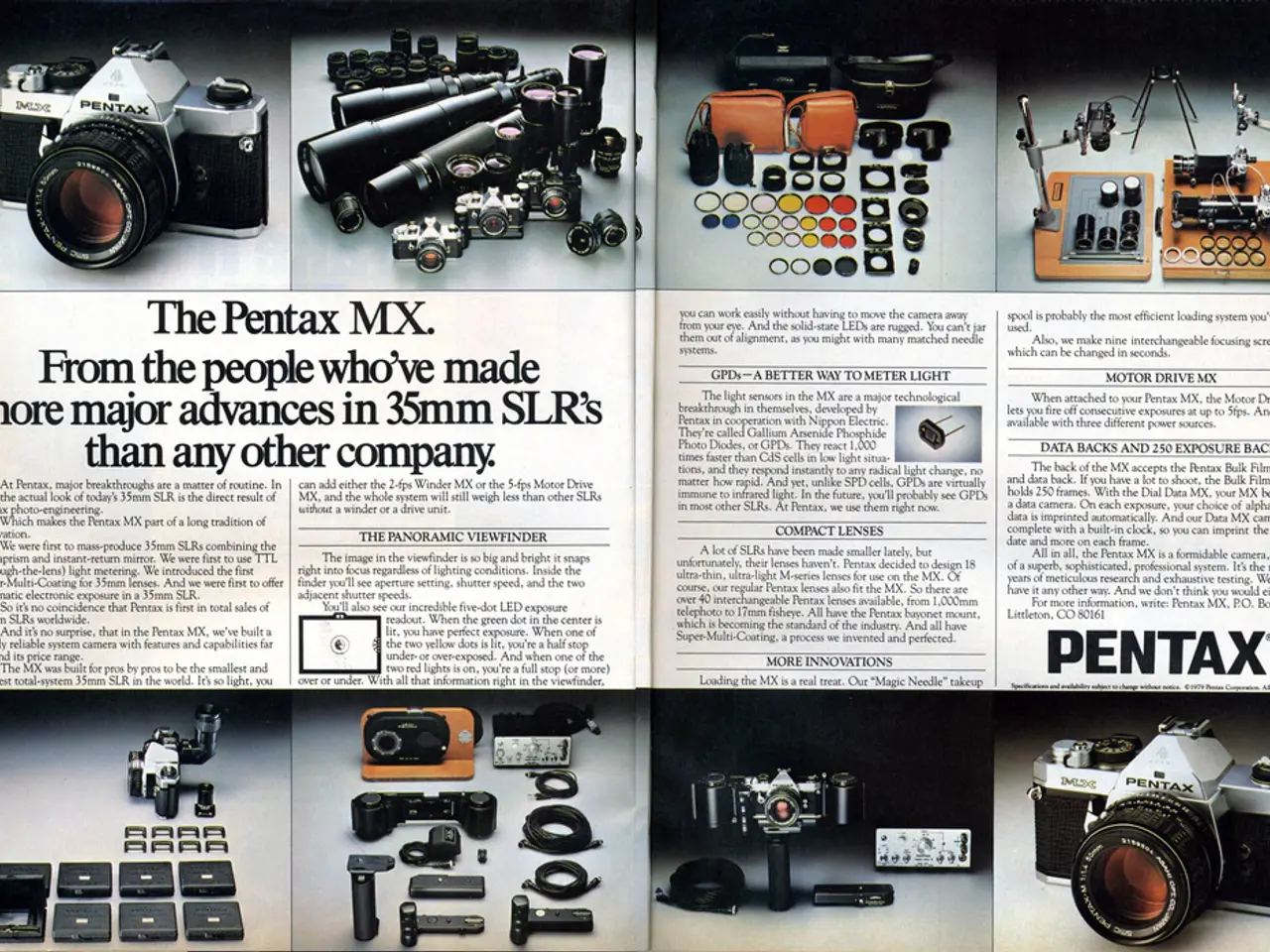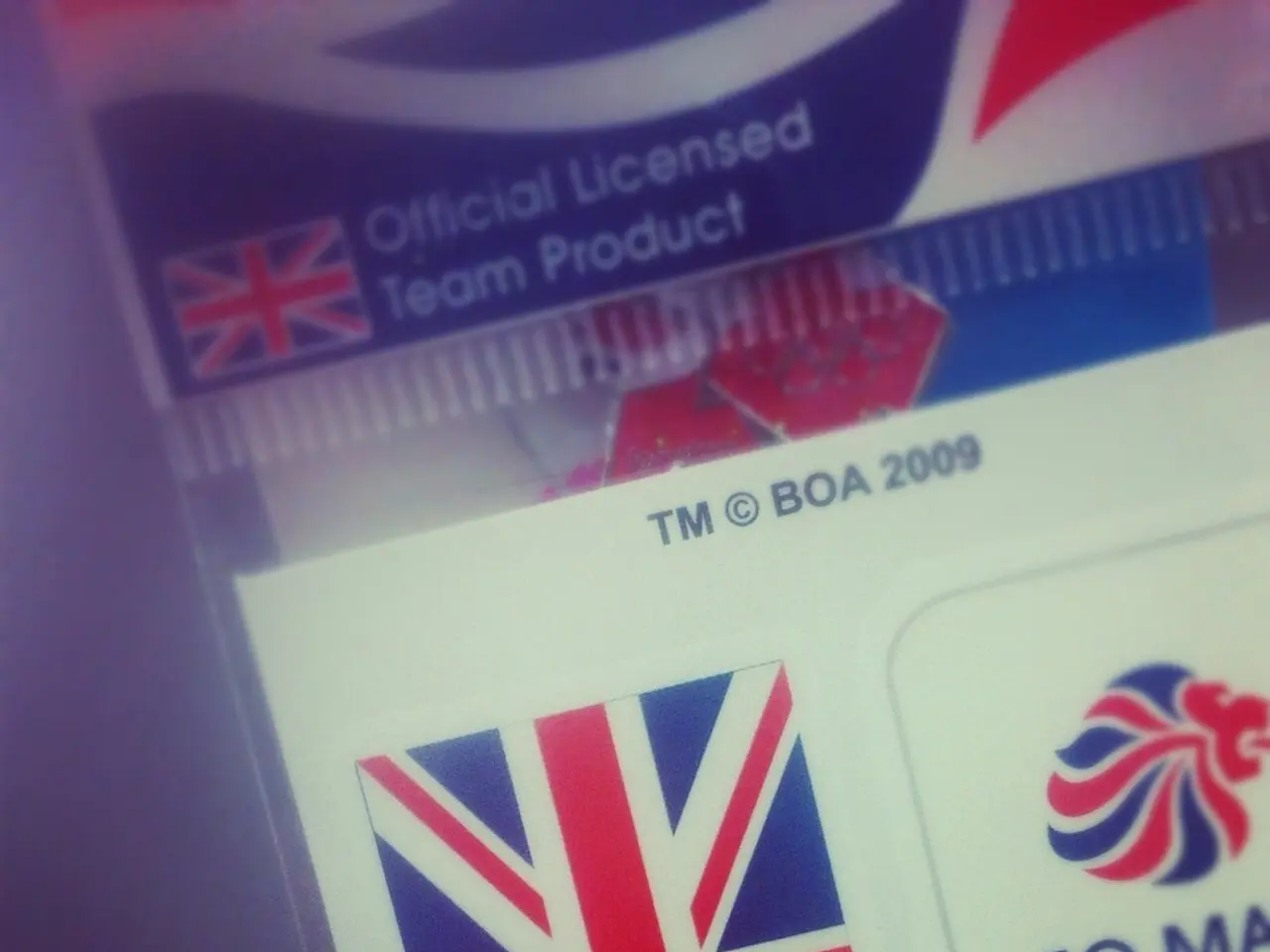Flight Restriction Zone (FRZ) Operations and Functionality
Flying Drones in Flight Restricted Zones: A Guide for Pilots
Flying drones in certain airspace segments, known as Flight Restricted Zones (FRZ), requires careful planning and adherence to strict regulations. These zones are established around sensitive locations such as airports, government facilities, national landmarks, or during large-scale public events to safeguard critical infrastructure and maintain public safety.
Obtaining Clearance
Pilots must always use a compliant flight planning app to account for FRZs during pre-flight planning. Through LAANC (Low-Altitude Authorization and Notification Capability) or direct communication, pilots submit flight requests for specific times and altitudes in an FRZ. In the United States, aircraft must be equipped with an altitude-encoding transponder in operation, and pilots must maintain direct contact with air traffic control (ATC) during the flight unless otherwise cleared. FAA ATC assigns a unique four-digit identification number correlating to the aircraft’s call sign or registration for tracking.
Restrictions and Consequences
The FRZ is highly restrictive, and non-governmental flights are generally prohibited except for scheduled commercial flights or those with explicit FAA waivers. Operating without approval in an FRZ can result in steep fines, confiscation of equipment, or license suspension. In some areas, detection systems monitor drone activity, and counter-UAS tools can neutralize unauthorized flights in FRZs.
The consequences of unauthorized flight within an FRZ are severe. Pilots may face legal penalties such as fines, imprisonment, and enforcement actions by the FAA and possibly criminal prosecution. Endangering aircraft and public safety is a critical national security concern in FRZs, and violations can carry heavy penalties, including up to 5 years in prison in London.
Exceptions and Special Cases
Special government-charter flights may operate under specific conditions without a waiver. In Canada, RPAS tools from NAV CANADA are used for obtaining authorization to fly in an FRZ. For instance, a Canadian drone operator discovered an FRZ covering the area near Parliament Hill while planning a building inspection. Software solutions now integrate FRZ boundaries directly into their user interfaces, allowing pilots to receive automatic alerts when planning routes, reducing the risk of violations.
Adhering to Local Rules
It's essential to note that FRZ rules can vary between countries, so it's crucial to check local rules before flying. Flight apps like Aloft, DroneDeploy, or DJI FlySafe can display FRZs in real-time, helping operators avoid unauthorized flights.
In summary:
- Advanced clearance from FAA ATC is required for flying within, into, or out of an FRZ.
- Aircraft must be equipped with an altitude-encoding transponder in operation, and pilots must maintain direct contact with ATC during the flight.
- Non-governmental flights are generally prohibited except for scheduled commercial flights or those with explicit FAA waivers.
- Operating without approval in an FRZ can lead to severe consequences, including legal penalties, enforcement actions, and flight interruptions.
By following these guidelines, pilots can ensure the highest level of security around sensitive areas and protect national airspace from unauthorized access.
Technology plays a vital role in the process of obtaining clearance to fly drones in Flight Restricted Zones (FRZ). Compliant flight planning apps and the Low-Altitude Authorization and Notification Capability (LAANC) system are utilized for submitting flight requests and automatically displaying FRZ boundaries in real-time, reducing the risk of violations.
unauthorized flights in FRZs can be detected by monitoring systems and countered by counter-UAS tools, demonstrating the importance of adhering to technology-driven regulations for public safety and national security concerns.




